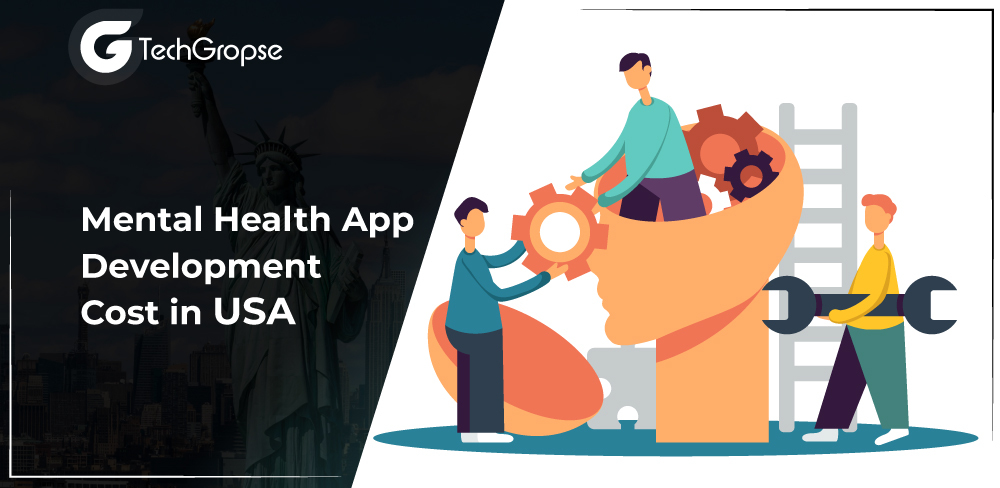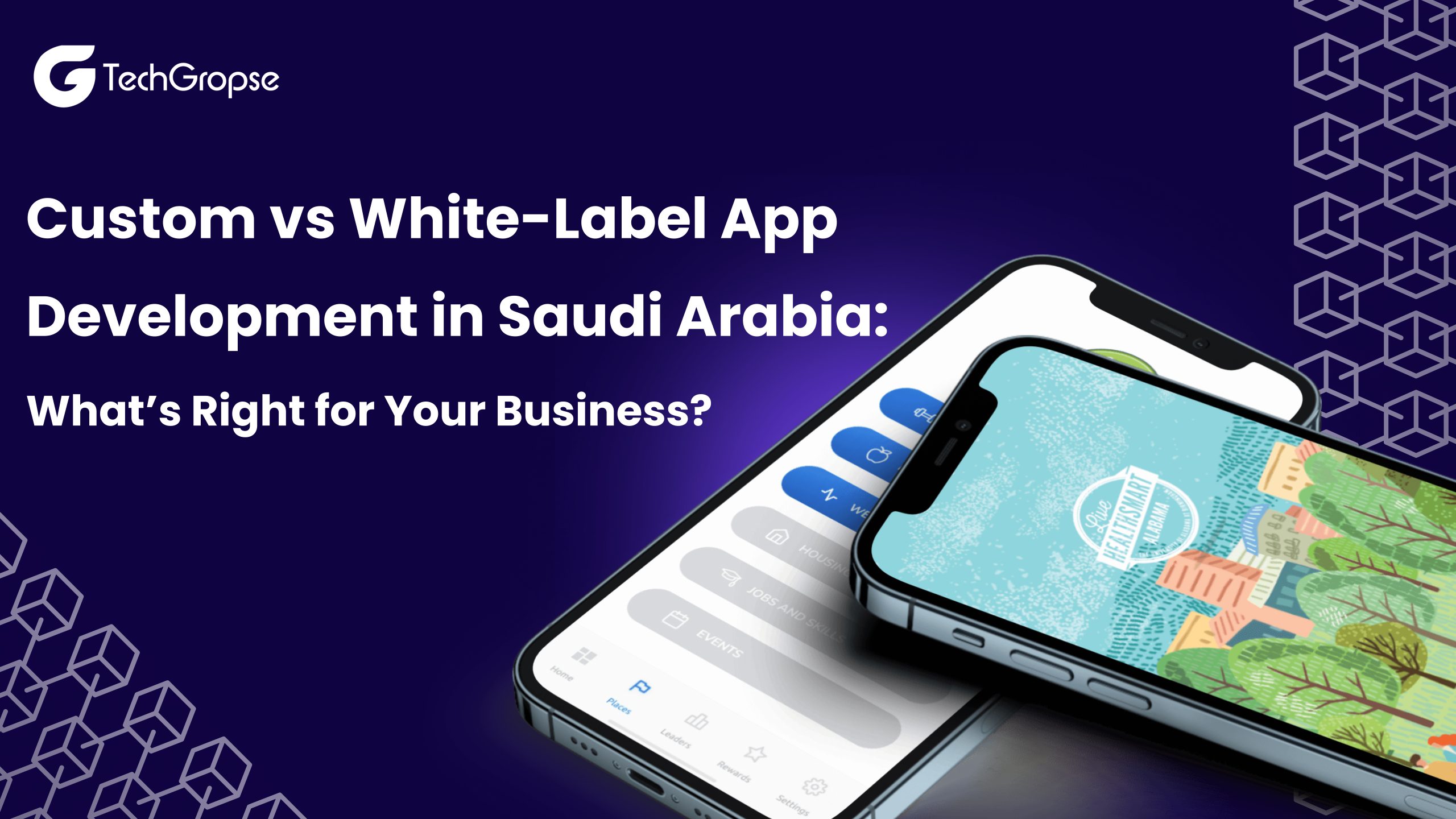In recent years, the importance of mental health awareness and support has gained significant recognition.
The best mental health apps are now readily available for use every day. As per research, Mental health apps can improve well-being and track the progress of your mental health journey.
These apps offer users a range of tools and resources to manage their mental well-being, from meditation and mindfulness exercises to therapy sessions and mood tracking.
By carefully assessing your requirements and working with a mobile app development company, you can create a valuable and impactful mental health app that meets the needs of users while adhering to industry standards and regulations.
However, if you are developing a mental health app, it’s crucial to understand the factors that influence mental health app development cost in USA.
Let’s start
Understand Mental Health App Development Cost
Investing in a high-quality app may require significant upfront costs, but it has the potential to positively impact mental well-being and reach a large user base. Therefore, it can be a worthwhile investment for a Mental Health app development company.
| Complexity Level | Team Size | Time Frame | Estimated Cost Range |
| Simple App | 1-2 | 3-6 months | $5,000 – $30,000 |
| Medium App | 3-5 | 6-12 months | $50,000 – $100,000 |
| Advanced App | 5-10 | 12-18 months | $100,000 – $500,000+ |
*Please note that these estimates are approximate and can vary based on various factors such as the complexity of features, design requirements, platform compatibility, and team expertise. It’s essential to hire dedicated developers to get a more accurate cost estimate tailored to your specific project needs.
Evaluate the Maintenance Cost of Mental Health App Development
The mental health app development cost in USA doesn’t end once the app is launched. Ongoing maintenance, bug fixes, and updates to adapt to new operating system versions and emerging technologies are essential.
Budgeting for post-launch support and allocating resources for continuous improvement will help sustain the app’s effectiveness and relevance over time.
| Activity | Frequency | Cost per Activity ($) |
| Server Maintenance | Monthly | $200 |
| Bug Fixes | As needed | $100 – $500 (per fix) |
| Feature Updates | Quarterly | $1000 – $5000 (per update) |
| Security Patches | As needed | $500 – $1000 (per patch) |
| User Support | Ongoing | $500 – $1000 (per month) |
| Content Refresh | Annually | $1000 – $2000 |
*These mobile app development cost are estimates and can vary depending on the complexity and scale of the mental health app.
Conclusion
Due to the pandemic, taking care of oneself has become increasingly popular and important in 2024. Mental health is important, but busy schedules make it hard to attend therapy or wellness retreats.
Mental health apps can improve access to resources and enhance user engagement for better mental well-being outcomes.
It’s crucial for on demand app development company and stakeholders to carefully plan and budget for both the development and maintenance phases to create a sustainable and effective mental health app.
FAQ
1. What factors influence mental health app development cost in USA?
The cost of developing a mental health app can vary based on factors such as features, complexity, design, platform (iOS, Android), integration of third-party services, and the development team’s hourly rates.
2. Are there ongoing costs associated with maintaining a mental health app in the USA?
Yes, maintaining a mental health app involves ongoing costs such as server maintenance, bug fixes, security updates, feature enhancements, user support, and content updates. These costs can vary based on the app’s complexity and user base.
3. Are there any hidden costs to be aware of when developing a mental health app in the USA?
While the major costs are typically associated with development and ongoing maintenance, it’s essential to budget for potential unforeseen expenses such as additional feature requests, platform updates, regulatory compliance, and marketing efforts to promote the app to its target audience.









